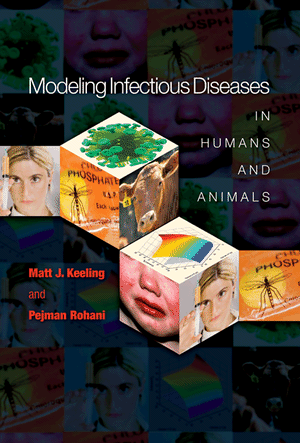|
It is intuitive that in most
circumstances, disease transmission is predominantly a localized
process. For directly transmitted diseases, for example, transmission
is most likely between individuals with the most intense interaction,
which generally implies those in the same location. Additionally,
movement of individuals between population centers facilitates the
geographical spread of infectious diseases. This chapter is concerned
with capturing these host population characteristics, enabling us to
address issues such as: determining the rate of spatial spread of a
pathogen, calculating the influence of large populations on smaller
ones, and finding optimally targeted control measures that take into
account the local nature of spatial transmission. Generally, models of
this sort operate by partitioning the population according to the
spatial position of hosts, such that nearby hosts are grouped together
and interact more strongly. A wide variety of model formats have been
developed to accomplish this, with the primary differences being the
scale at which hosts are aggregated; although no definitive rules
exist. Rigorous analytical results for spatial epidemiological models
remain rare. Since the late 1980s, however, the increasing ease of
access to computational power has permitted the detailed simulation of
such models. Frequently, these models incorporate stochasticity, so
readers may wish to familiarize themselves with Chapter 6 before
continuing.
Programs:
Program 7.1
|
Page 241
|
SIR
metapopulation model for animals
|
Program 7.2
|
Page 242
|
SIR
metapopulation model for humans
|
Program 7.3
|
Page 256
|
Coupled
lattice model with commuter-like coupling
|
Program 7.4
|
Page 260
|
Forest
fire model
|
Program 7.5
|
Page 269
|
Individual
based SIR model
|
Program 7.6
|
Page 274
|
Individual
based FMD model
|
Program 7.7
|
Page 280
|
SIS
model on a network
|
Program 7.8
|
Page 285
|
Pairwise SIS approximation model
|
|


